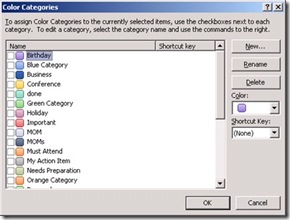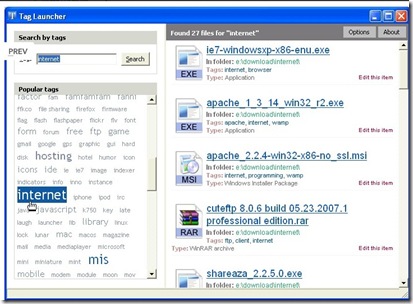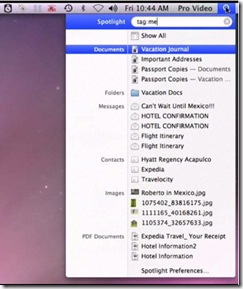I’m sure you will agree that one of the definite goals of PLM is to organize product related information. Finally, I can find all my product models, relevant drawings, BOMs, customer requirements, manufacturing plans and suppliers bids. Unfortunately, when I look at the existing PLM systems, I see that this is not always simple. Companies utilize multiple software tools to design and manufacture products. Sometimes companies need to develop special software tools to follow specific information related to their catalogs of standard, existing and future developed products etc.
I started to think about the approach we can take for a PLM system to make it significantly simpler compared to what we have today. Actually a few analogies helped me come up with this idea. My MS Outlook contains lots of mails. A while ago, I tried to categorized mails and put them in relevant folders. But this proved to be very painful, as it had been in the past. I started to develop taxonomy for my mails at first, but after a few month or trials, I decided that I will keep all mails in a single folder. But then I had trouble finding what I needed, so I decided to mark my mail with categories. So, today these tags (categories) lets me find relevant mails in seconds.
Another example is my home computer system with photographs. I can sort them according to multiple criteria. In the end, I finally understood that this is mission is an impossible task, so I put the photos in a calendar-based order and started to mark the photos with tags. Actually, I found that there are many available tagging systems you can use today.
Now, how can I use this experience to help me to build a more efficient user experience for PLM/PDM systems? My proposal is as following – TAG EVERYTHING– products, models, projects, users, documents, ECOs (Engineering Change Orders), BOM etc. With this total tagging approach, we will be able to build an environment that is tuned for a specific company. What is more important is that it will also be customized for a specific user’s need. Users will be able to build tagging systems within time and justify needs and tags usages. Lately, we can eliminate unused or obsolete tags (even if they were created by a specific user).
There are a few systems I evaluated that allow you to tag everything on your computer and are simple to integrate with your PLM system. I’m sure to build these tagging capabilities is relatively simple for existing PLM systems.
Here are some examples:
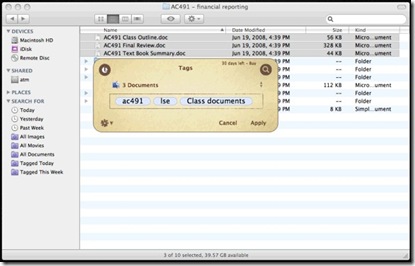
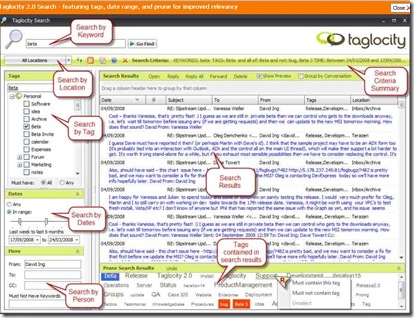
And, in the end, I found this approach in the core of Apple Mac. So, this is an open call. What do you think about this approach for PLM? May be you know systems that have already implemented this? Please share your experience.




